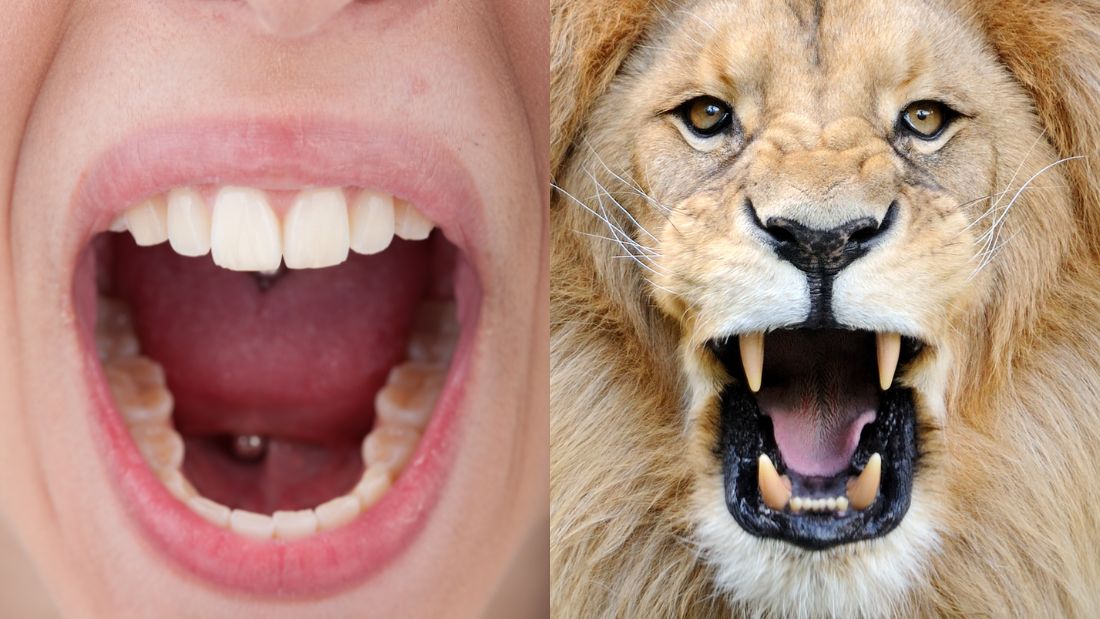Isn’t Soya for Vegans Destroying the Rainforests?

Sometimes “soya” can seem like a dirty word. Some people incorrectly think it is unhealthy but the most egregious claim is that demand for soya products by vegans is driving the deforestation of the rainforests.
But believe it or not, meat-eaters actually consume more soya than vegans! It’s true – albeit indirectly – because three-quarters of the world’s soya is used for animal feed.
So, if you really care about the fate of the rainforests, the answer is to trade in your meat for tofu!
The story of soya

Pulses or legumes, including soya beans, have been grown for millennia and play a leading role in the diets of many people around the world.
It’s impossible to imagine the traditional foods of India, South America, Mexico, the Middle East or Asia without lentils, black beans, pinto beans, chickpeas and soya beans.
Traditional foods made with soya beans include soya milk and tofu.
Fermented soya foods include soya sauce, nattō and tempeh.
More recently, soya has been used widely to make meat substitutes such as textured vegetable protein (TVP), and soya burgers, sausages and mince.
So(ya) good for you

The term “superfood” gets thrown around a little too casually but if there was ever a food to take the title, it would be soya.
Soya beans are incredibly nutritious with a high protein and unsaturated fat (the ‘good’ fat) content. Soya is also super healthy.
For example, eating soya is good for our bones, may reduce breast cancer risk and recurrence, and lessens menopausal symptoms in women.
Eating soya also lowers cholesterol and the risk of heart disease.
Despite the myths, soya doesn’t disrupt hormones or cause “man boobs”, it is safe for children, and soya milk is not inferior to dairy – it’s actually a much healthier alternative.
Efficiency exploited

Soya produces more protein per hectare than any other major crop and has a higher percentage of protein than many animal-based foods.
This makes it a powerful ally in the battle against world hunger.
It can feed more people per acre than almost any other plant, which makes it a highly desirable crop.
But because it is such an efficient crop, it is also grown to feed farmed animals. In fact, around three-quarters of the world’s soya ends up as animal feed for cows, pigs, chickens and farmed fish.
A typical soya bean is much more likely to end up in a ham-and-cheese sandwich or a chicken nugget than a block of tofu!
Only about six or seven per cent of soya beans grown worldwide are turned directly into food products for humans and the rest are used for animal feed, to make vegetable oil and for non-food products such as biofuel.
Feeding a highly nutritious plant food to animals, in order to produce meat and dairy foods is inefficient and wasteful when it could actually be used to combat world hunger.
Clearing soya’s name
Our World in Data, a leading research organisation from the University of Oxford, says:
More than three-quarters (77%) of global soy is fed to livestock for meat and dairy production. Most of the rest is used for biofuels, industry or vegetable oils. Just 7% of soy is used directly for human food products such as tofu, soy milk, edamame beans, and tempeh. The idea that foods often promoted as substitutes for meat and dairy – such as tofu and soy milk – are driving deforestation is a common misconception. “
What’s more, most soya food producers in the UK use beans sustainably grown in Europe.
If you want to stop deforestation, be kinder to animals, and protect your health – go vegan!






